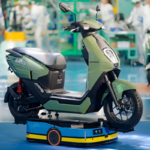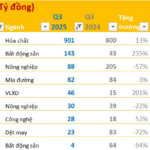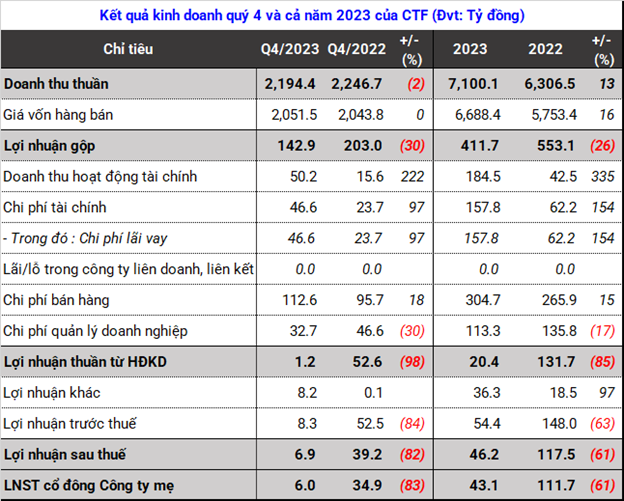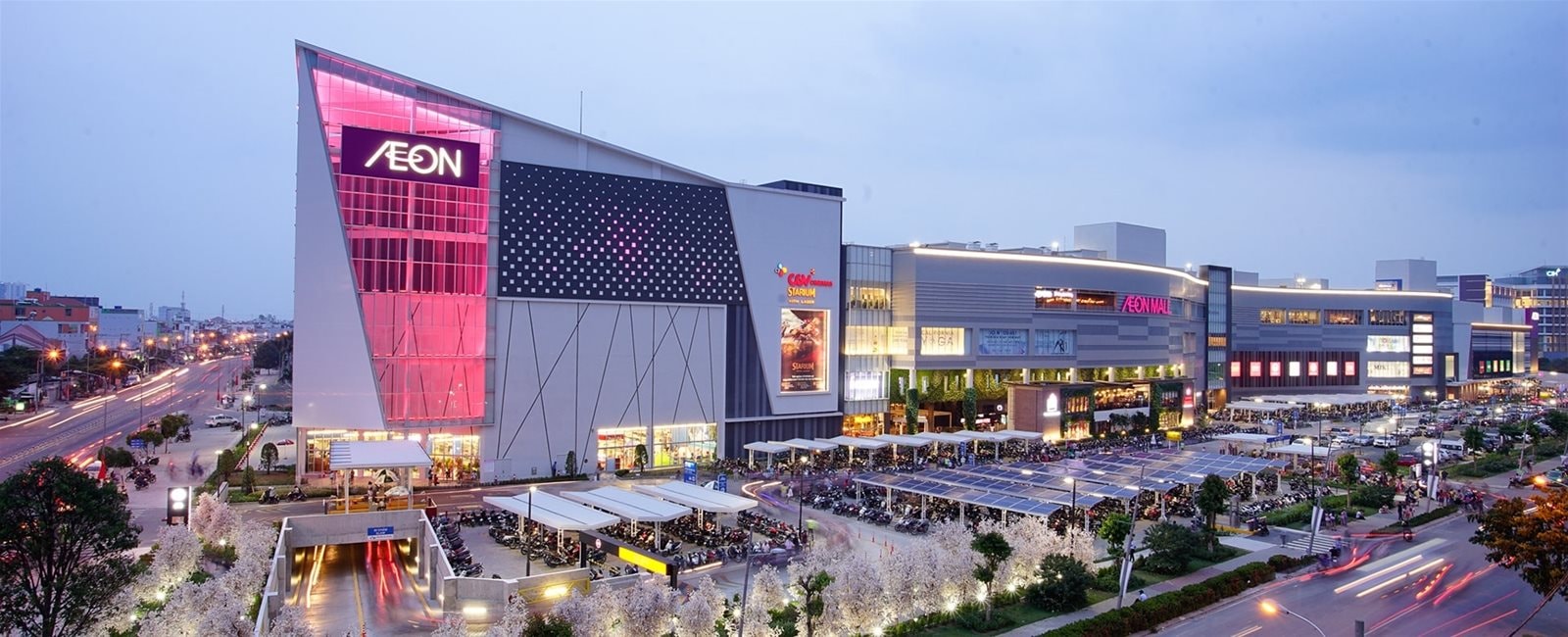
Aeon Mall Hanoi 2: A glimpse into Aeon’s ambitious expansion in Vietnam.
According to Nikkei Asia, Japanese retail giant Aeon is strategically deploying mid-sized shopping centers across Vietnam, aiming to triple its network by 2030. This expansion focuses on smaller cities, anticipated to experience significant economic growth.
“Customer turnout has exceeded our expectations,” stated Daisuke Tezuka, General Director of Aeon Vietnam, during the grand opening of Aeon Tan An on October 4th. Located in the southern city of the same name, the mall attracted a staggering 250,000 visitors within its first 11 days of trial operation.
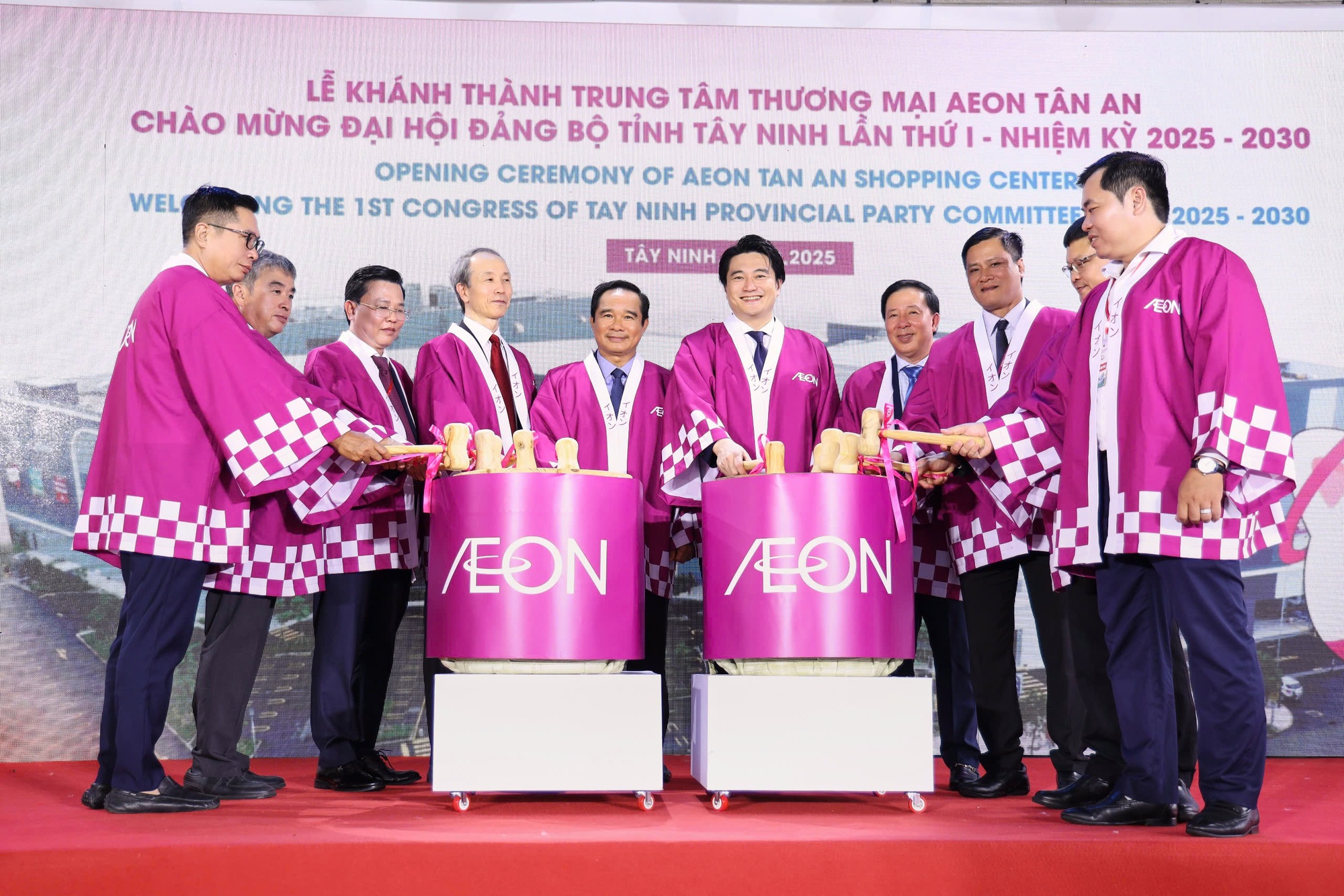
Ribbon-cutting ceremony at Aeon Tan An, attended by representatives from Ho Chi Minh City, Tay Ninh Province, the Japanese Consulate General in HCMC, Aeon Vietnam, and partners.
Aeon invested approximately 1 trillion VND (38 million USD) in this location. Spanning 20,000 square meters of retail space, it’s half the size of Aeon’s larger malls. It’s expected to house around 30 tenants, roughly one-third of the number at the Hue location, which opened in central Vietnam last year.
Aeon Tan An will spotlight the company’s proprietary brands, including My Closet (fashion) and Home Coordy (homeware). The mall also emphasizes ready-to-eat meals, featuring Aeon’s Top Valu private label and a selection of Japanese food products.
Since 2014, Aeon has established seven larger locations in Vietnam’s major urban centers. The Long Bien mall in Hanoi and Tan Phu Celadon in Ho Chi Minh City each attract approximately 16 million shoppers annually, solidifying Aeon’s brand recognition in Vietnam.
A notable financial highlight: Aeon Mall Vietnam’s operating profit for the fiscal year ending February 2025 reached 4.2 billion yen (27.8 million USD), nearly matching the 4.7 billion yen earned in China. Lower fixed costs, such as labor, in Vietnam contribute to a substantial 24% operating margin, surpassing China’s 7% and Japan’s 12%.
However, with prime locations in major cities becoming scarce, smaller provincial areas, projected to experience rising consumer demand, are crucial for Aeon’s future growth in Vietnam.
Mid-sized malls are proving successful outside major urban hubs. While larger projects require years for permits, land acquisition, and construction, mid-sized malls can be completed within six months.
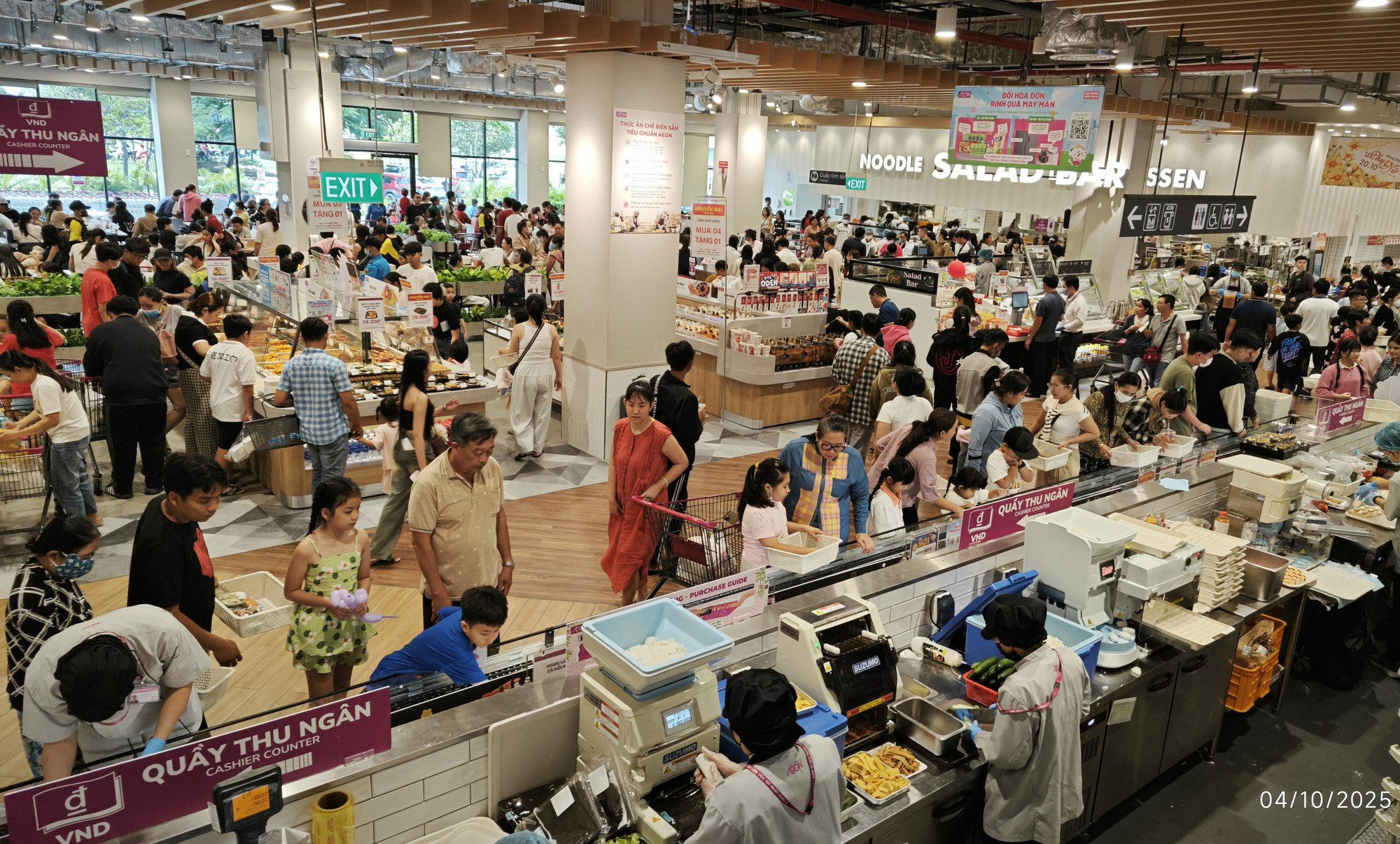
A glimpse inside Aeon Mall Tan An.
These smaller malls also allow for more precise market targeting. Aeon Tan An’s market area extends within a 15-minute drive radius, encompassing approximately 260,000 residents. Larger Aeon malls typically target a 30-minute radius, potentially reaching over 1 million people.
Aeon has identified over 10 potential locations for future mid-sized malls.
Vietnam holds a strategic position for Aeon. “We will utilize cash flow from Japan to expand our portfolio in Vietnam,” declared Aeon CEO Akio Yoshida.
In Vietnam, Aeon achieved retail sales of approximately 4.9 trillion VND in 2024, an 8% increase from the previous year. With the country’s population surpassing 100 million, the company anticipates continued benefits from its “golden population” until around 2040, as a robust workforce drives economic growth. Further growth in the retail sector is expected as Vietnam’s middle class expands.
However, the market is highly competitive. Vincom Retail, a Vietnamese company, operates over 90 locations. Domestic food giant Masan Group is also expanding its WinMart chain. International players like Thailand’s Central Group and South Korea’s Lotte are also establishing a presence, alongside the FujiMart supermarket chain, a joint venture between Japan’s Sumitomo Corp and Vietnam’s BRG Group.
As the battle for Vietnam’s retail market shifts from major cities to smaller towns, Aeon aims to replicate its success in Japan by creating “lifestyle hubs” for these regions.
Vietnam’s Motorcycle Market Experiences Significant Fluctuations
Electric motorcycles are accelerating at a breathtaking pace, leaving traditional gas-powered bikes in the dust. With their rapid advancements in technology and performance, electric models are redefining the future of two-wheeled transportation. Meanwhile, gasoline motorcycles are experiencing a steep decline as riders increasingly embrace cleaner, more efficient alternatives.



























